After a million deaths, COVID testing remains broken. These secret systems hide the fix
The story of why the richest nation in history failed to adequately respond to the deadliest pandemic of modern times begins on the Scattering Fork of the Embarrass River. Six days before Thanksgiving 2021, Emily Gurley, one of the world's top experts in public health, traveled to a small town in Illinois to save her mother-in-law's life.
Phyllis Adams was born 81 years ago in Tuscola, a railroad junction 160 miles south of Chicago and just east of Scattering Fork. She had attended an event with family members, some of whom were infected with COVID-19. Days later she started feeling sick. A rapid test proved positive. Odds were 96.2% that Adams had COVID-19.
But Adams’ doctor didn’t trust the result. So before he approved Adams for treatment, the doctor ordered a molecular test, commonly called a PCR test.
A swab was jammed into Adams’ nose. The sample was packed into a tube and shipped to a distant laboratory, where it was affixed with a barcode. Next, the sample was loaded into a network of computerized systems, along with reams of Adams’ personal and medical data. The test was run, using a machine so expensive that only the most sophisticated laboratories in the world can afford one.
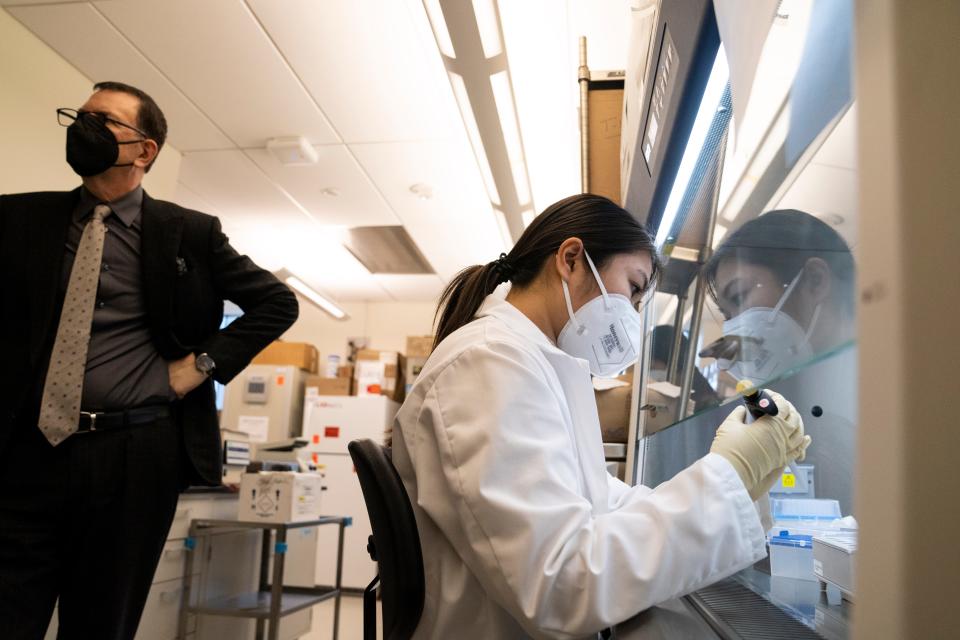
Most of these machines are owned by two companies, Quest Diagnostics and Labcorp. Since the United States is one of the only developed nations without a robust public testing network — in which government labs perform millions of routine tests a day, and provide crucial reserve capacity during health emergencies — Quest and Labcorp together form a duopoly that dominates the American laboratory diagnostics industry.
When Adams' process was finished, the results were interpreted by the lab’s trained medical technologists. Finally, the lab sent the results to the doctor.
The test itself took six hours.
Everything else — the movement of patient samples and information through America’s scattered, complex and broken networks of diagnostics logistics, data and test machines — took four times as long. In normal times, and especially during the COVID pandemic, a one-day turnaround time for test results is considered speedy. It’s about as fast as America’s invisible infrastructure of testing can go.
But against a pandemic that spreads in seconds, and often without symptoms, many experts say, COVID has proved conclusively that testing in America has grown too complex, too privatized, too disconnected and too slow.
On March 12, 2020, Dr. Anthony Fauci called this situation “a failing.”
Experts say it remains a failure still.
“At the beginning [of COVID], labs faced demand they couldn’t meet. They couldn’t expand capacity. And they couldn’t move samples around the country,” said Scott Gottlieb, former commissioner of the Food and Drug Administration. “That is still the case. It’s hard to scale up and down. And we can’t move samples to places where there is testing capacity.”
For the first two years of the pandemic, into early 2022, every major surge in COVID cases precipitated another testing logjam. Patients were forced to wait three days, five days, sometimes even 20 days for results.
This year, as omicron subsided and BA.5 became the virus's dominant strain, the demand for testing began to wane and labs experienced fewer delays.
Still, threats to America's diagnostic testing infrastructure continue.
Already, the relatively small number of suspected monkeypox cases is threatening to overwhelm public health laboratories, according to a survey conducted by the National Coalition of STD Directors in late August 2022. That study found that 28% of public laboratories said they could not meet testing demand for monkeypox if that viral disease's spread increases.
Journalists and health care professionals have documented several reasons for America’s cyclical testing failures. These include the decision by the Centers for Disease Control and Prevention to send out faulty tests during the pandemic’s first few weeks, public statements by former President Donald Trump encouraging public health labs to slow down testing, and decisions by the administrations of Trump and President Joe Biden to emphasize vaccines more than testing.
These failures are important, and widely understood by medical and policy experts. They also skim along the surface. Better CDC decisions or presidential orders cannot address the deep, structural barriers that prevented the United States from scaling up testing in response to COVID. Left unaddressed, these barriers are slowing the nation’s response to monkeypox, and may lead to similar testing failures during future waves of COVID.
They also explain why Phyllis Adams’ 24-hour turnaround time constituted a success by the system, even though it represented a failure for the patient. These barriers are:
Public health. In a national health emergency, public agencies should lead. But for generations, governments at the local, tribal, county, state and federal levels have starved such institutions of resources. In this vacuum of public leadership, private companies improvised solutions that value quarterly profits over the nation's long-term health.
Data. Quest Diagnostics and Labcorp each gained power over the industry partly by competing for monopoly contracts with hospitals and insurers. In exchange for lower average test prices for hospitals and insurance companies, these contracts mandated that doctors order tests using software that presented Quest or Labcorp as the first and only choice. When COVID overwhelmed the duopoly, doctors had no power to send samples to smaller labs with excess capacity. They were stuck with Labcorp and Quest.
Logistics. Quest Diagnostics and Labcorp operate the only national logistics networks for testing. When their networks get overwhelmed, everybody waits.
Test machines. Some experts believe the United States has all the machines it needs to test for COVID-19. But everything about those machines is a trade secret. Which makes a coordinated emergency response impossible.
As publicly traded companies, Quest and Labcorp built the nation’s largest diagnostics networks to generate maximum efficiency and profit for their shareholders. They have no mandate to build excess capacity into their systems for the inevitable but unpredictable event of a pandemic. Nor have they received the billions of dollars in government subsidies — before COVID or during the pandemic — that would be required to build surge capacity.
It’s no surprise, then, that America’s balkanized testing networks keep getting overwhelmed.
“There was no consistent system” before COVID-19, said Mara Aspinall, a former testing company CEO and an adviser to the Rockefeller Foundation’s project to improve COVID-19 testing in America. “And there still isn’t.”
All of that left Emily Gurley, an expert in saving the lives of millions, trying to keep a single person alive.
Adams finally received her second positive COVID-19 test result on the Friday before Thanksgiving. By then she could barely breathe. Her age makes Adams a high-risk patient. Yet she received no medical care for three days — in rural Illinois, hospitals didn’t provide monoclonal antibody treatment on weekends.
If her blood oxygen levels dropped, her organs would fail. Phyllis Adams would begin to die.
So Gurley took a vacation from her job at Johns Hopkins University, the institution that arguably invented modern public health. She caught the first flight Saturday morning from Baltimore to Indianapolis, rented a car and drove 115 miles west to Tuscola.
On Sunday, four days before Thanksgiving, Adams’ blood oxygen levels fell again, to dangerous levels.
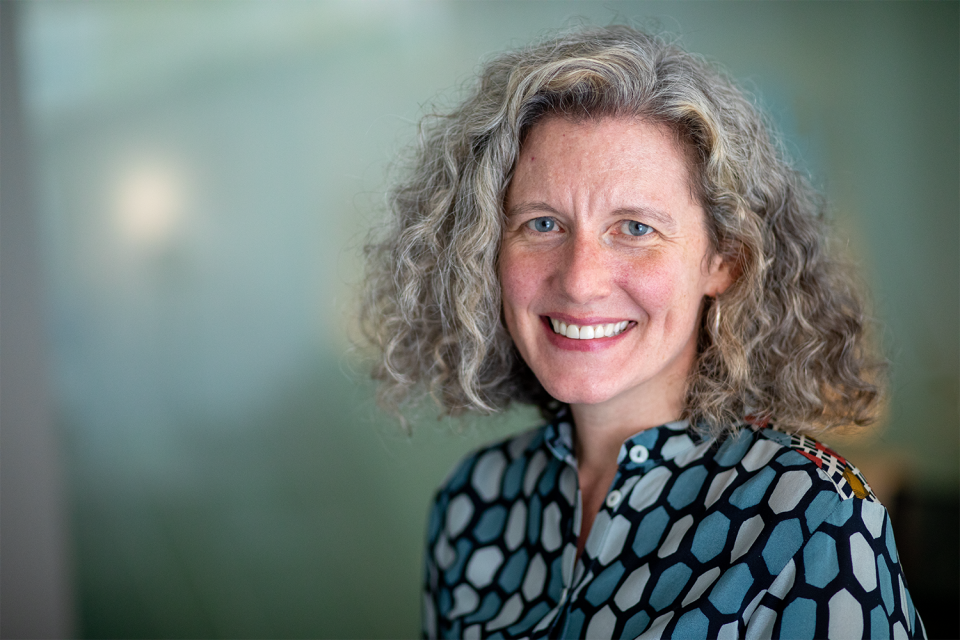
"What I keep thinking about is: Good grief! This is not the first wave!" Gurley said by phone from Tuscola.
On Monday morning, Gurley packed Adams into the rental car. It was 30 degrees outside, and the hospital was 30 miles away. For safety, they drove with the windows down. Adams sat in the back seat under a blanket and Gurley’s heavy coat. In the rearview mirror, Gurley could see only her mother-in-law’s eyes.
“She looked pretty pitiful. She was very sick,” Gurley said. “We need to do a better job with testing. It’s infuriating. Why is it this way? I have no idea! It makes no sense.”
Testing in America: Complex but invisible
This spring America passed a grim milestone: More than 1 million Americans dead from COVID-19, a higher death count than any other nation on earth. Roughly 94 million cases of COVID-19 have been diagnosed in the United States, more than twice as many as India, the country with the second-highest case count. That represents a mortality rate of 280 people per 100,000, giving the United States the highest mortality rate of any industrialized nation. Americans infected with COVID have died at a rate five times greater than people in Japan.
During the height of the pandemic, Germany, Israel and the United Kingdom tested about seven times more people every week than the United States, when adjusted for population. Poorer countries, including Georgia and Slovenia, performed three times as many tests per capita. Tiny Cyprus performed about 8,800 COVID-19 tests a week, a rate 40 times greater than the richest nation on earth.
Studies suggest that countries and states that performed more tests, and tested a higher proportion of their population, suffered fewer COVID deaths.
During the first rollout of tests in March 2020, before rapid over-the-counter tests were available, Quest Diagnostics experienced a backlog of 160,000 samples to be tested, according to a company statement. Average test turnaround times by Quest and Labcorp reached five days. In April 2020, the state health lab in Louisiana regularly waited 16 days for results. In July of that year, Labcorp and Quest reported average turnaround times of a week or more, followed by similar delays in August and November. The pattern repeated throughout 2021, including in the omicron surge in the New York City region, which caused five-day testing delays into January 2022.
Such delays rendered the results useless, because patients didn't know to quarantine or seek treatment until the disease already had caused serious illness and infected new people.
And still, the United States has failed to create a fast, nimble national network for COVID-19 testing, experts say. Rates of COVID infections, hospitalizations and deaths have remained low through much of 2022 — even as the BA.5 variant spread rapidly — making now perhaps the best time to take advantage of the testing lull and build more capacity, experts said.
“I think it’s just a huge failure that we just basically abandoned testing,” David Perlin, chief science officer at the Center for Discovery and Innovation, part of Hackensack Meridian Health, New Jersey’s largest hospital chain, said in January 2022. “We have a finite capacity of testing. And we don’t really have surge capacity right now.”
Politicians can’t fix the system because they, like most Americans, can’t see it. Diagnostic testing in the United States is privatized, complex and opaque. Only a handful of health care executives and academic researchers — people who spend their lives studying the system — understand it well enough to diagnose where it’s failing.
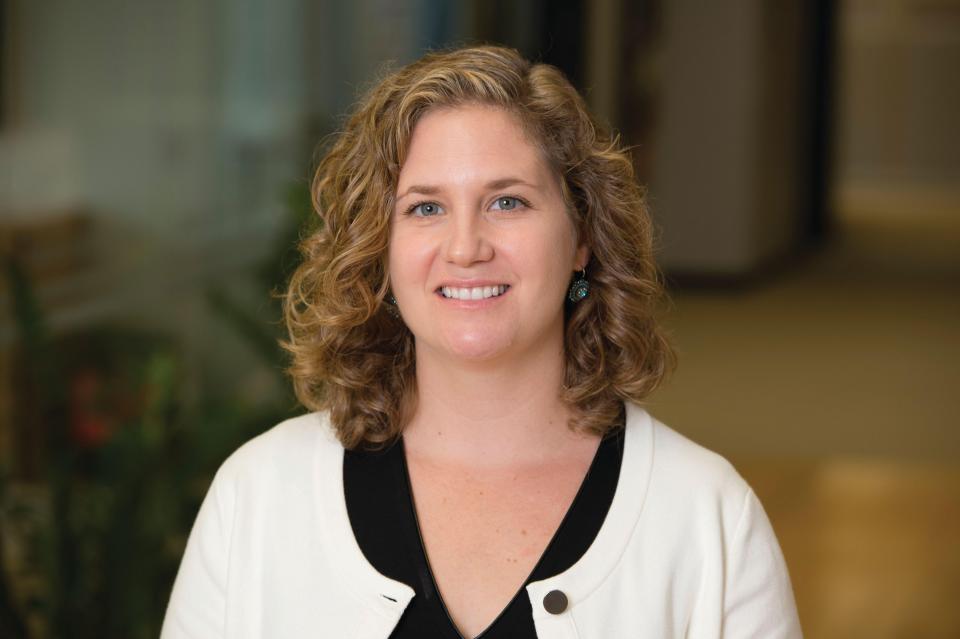
“It’s a network problem. It’s a logistics problem,” said Gottlieb, the former FDA commissioner. “The testing system is established along contracted pathways. ... You have sticky relationships. There’s no ability in a public health crisis to break those prearranged pathways and shift demand where the supply is.”
This reporting will first explore how testing before COVID-19 was big, but brittle. Then, we will examine how the pandemic caused the infrastructure of American diagnostics to fail repeatedly, precisely as experts predicted. Finally, experts will speak to solutions that dive below the blame game of pandemic politics, and that seek to create a new system of diagnostics that is nimble and reliable, even during a public health emergency.
Before COVID, Congress knew public health needed more resources
Diagnostic testing in America is so complex, even the people who work on the front lines can’t understand how it works.
Zolanlly Brunson leads public health outreach in Coney Island, a neighborhood in Brooklyn known for its famous roller coaster and hot dog stand that is also among the most diverse places on earth. Together Brunson and her team of workers stand on sidewalks and help people find COVID-19 vaccinations and tests for a nonprofit called Brooklyn Community Services.
In December 2021, Brunson needed to get her family tested before a social event. They went to a pop-up site she knew well.
The family waited eight hours. Eventually, they were tested. They got the results that night. Brunson and her son were negative.
Her husband, Steven, had COVID-19.
Brunson’s family life, and the public health effort in Coney Island, fell apart. For safety, Brunson and her son, Steven Jr., moved in with her in-laws, a few miles away. They got tested again, this time at Cumberland Hospital in Brooklyn.
Then she waited and worried. She worried for Steven, who tried during phone calls to disguise his labored breathing. She worried about infecting her in-laws, both in their late 50s. She worried for her own health — she was five months pregnant. She worried for Steven Jr., who missed connecting with his mother on their after-school train ride home.
She also worried for the people in Coney Island.
Talking to strangers about COVID-19 is exhausting work. Whenever she took a sick day, Brunson found, her team slacked off. But the rules were strict. Brunson’s team was charged with speaking to 500 people every week, with special efforts to engage homeless people and drug addicts. They had to spend 10 hours a week in one-on-one conversations, helping people navigate the byzantine world of COVID-19 testing.
One common problem they encountered: Most labs send results by email, Brunson said. But many poor people in Coney Island have no smartphones, computers or email.
Waiting made Brunson feel frustrated. She received her negative result after 2½ days. In the world of diagnostic testing, that’s considered speedy.
“I’m putting my in-laws’ lives at risk. And I’m pregnant,” Brunson said. “I feel like I was misinformed. Had I known the hospital would take one to three business days, I would have just gone to a random pop-up shop.”
Can't even kill a mosquito
Other countries handle public health differently.
On Jan. 27, 2020, health officials in South Korea convened an emergency meeting with health company executives in Seoul’s busiest train station to deliver a simple message: Make tests. Now. We’ll approve them, and we’ll pay you.
One week later, the first test went to market. This organized and national effort, matched to contact tracing, caused COVID-19 infection rates to plummet by mid-March 2020, just as New York City and New Jersey entered their first wave of widespread COVID-19 deaths.
In April 2021, Britain’s National Health Service offered to mail free COVID-19 rapid tests to everyone in the country. By Christmas, Britons were performing 1.1 million rapid tests a week. The strategy worked, detecting hundreds of thousands of new cases.
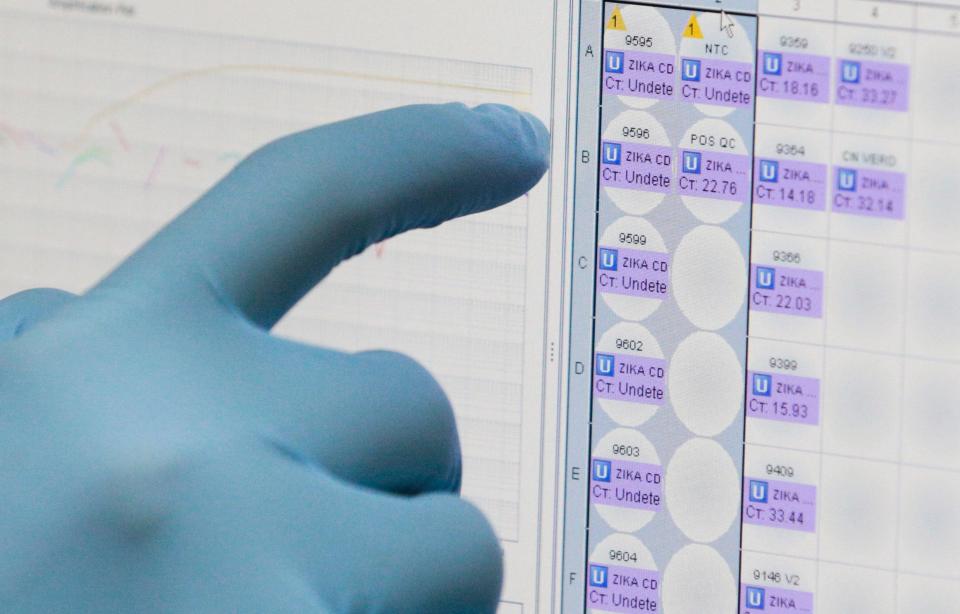
Raquel Viana, a science director at one of South Africa’s largest private laboratories, discovered a radically infectious strain of COVID-19 on Nov. 19, 2021.
This strain later would be named omicron.
It’s no accident that scientists in South Africa found omicron sooner than their American counterparts, even though the strain was present in both countries, said Jeffrey Klausner, a public health expert at the University of Southern California.
The United States operates more molecular testing machines than South Africa. We sequence the genes of more COVID-19 samples than South Africa, from a higher percentage of our population, which is 5½ times larger than South Africa’s.
But two years into the pandemic, American public health agencies still can’t perform high-throughput COVID-19 testing. Decades of underfunding shattered disease surveillance systems, turning even small outbreaks into all-hands-on-deck emergencies.
“I’m just back from South Africa two days ago, and they have a national lab system for the entire country. It’s all one centralized system, so they can be more responsive,” Klausner said in November 2021. “Everybody trashes [the Centers for Disease Control and Prevention]. But CDC never was set up to be a big lab test provider or to scale up testing.”
These inadequacies first came to light during the Zika outbreak in 2016 and 2017, which sickened more than 5,000 people in the United States and raised public alarm about the possibility of birth defects.
After the outbreak passed, the Government Accountability Office published a series of reports documenting the nation’s failure to respond:
Public health agencies didn’t have enough money to respond to emergencies, the GAO found. Surges of funding from Congress help. But that money arrives too slowly, and it doesn’t persist after the crisis is over, repeating a cycle that leaves agencies underfunded for the next emergency.
Public health agencies at all levels lacked the computers or the staff to perform surveillance on the disease as it spread, another GAO report found.
Existing surveillance systems couldn’t work together.
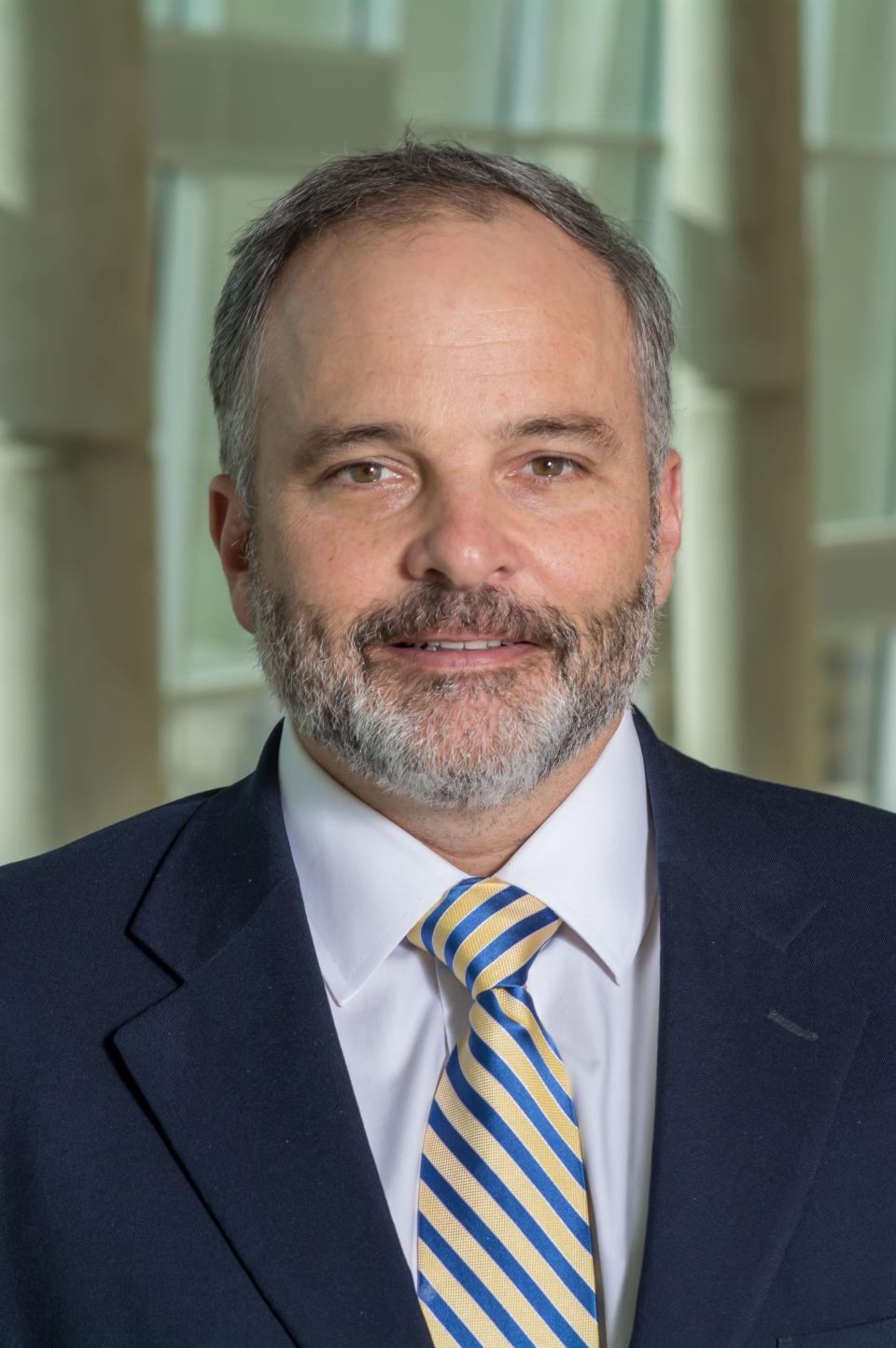
The CDC is supposed to give local health agencies money and technical support for mosquito control. But because mosquito-borne diseases are cyclical, and so is the agency’s funding, most of the CDC’s mosquito experts had been laid off due to budget cuts before Zika hit.
The few who remained didn’t know which state and local health departments even had programs to kill mosquitoes.
“During Zika we saw a significant bottlenecking at public health labs, and the same problems of stovepiping” that the nation experienced during COVID, said James Lawler, an infectious disease and public health expert at the University of Nebraska. “It’s this balkanized system. When you want the whole system to respond coherently and together, there’s no mechanism for that to occur. And we haven’t addressed that concern, even today.”
Lab technology funding: Too little, too late
As the crisis subsided, public health experts went public with their concerns about how testing had failed during Zika. The Council of State and Territorial Epidemiologists is a trade group that represents disease researchers. In April 2019, the group began a lobbying campaign aimed at convincing Congress to approve higher funding for public health data and surveillance systems.
In reports and testimony to Congress, testing experts described how they still send test results by fax. Workers deliver paper copies of test results using their personal cars. With no barcode system to track patient data electronically, the CDC required local agencies to include a paper requisition form every time they mailed a sample for testing.
When important data arrives by paper, the recipient must pay someone to type it into a computer. This work is slow, and prone to error. Such antiquated systems turn even a small measles outbreak into an emergency that requires all-out effort by an agency’s entire staff, the council wrote in a report to Congress.
“Public health is scrappy,” said Janet Hamilton, the Council of State and Territorial Epidemiologists' executive director. “But the data connectivity issues are substantive and real.”
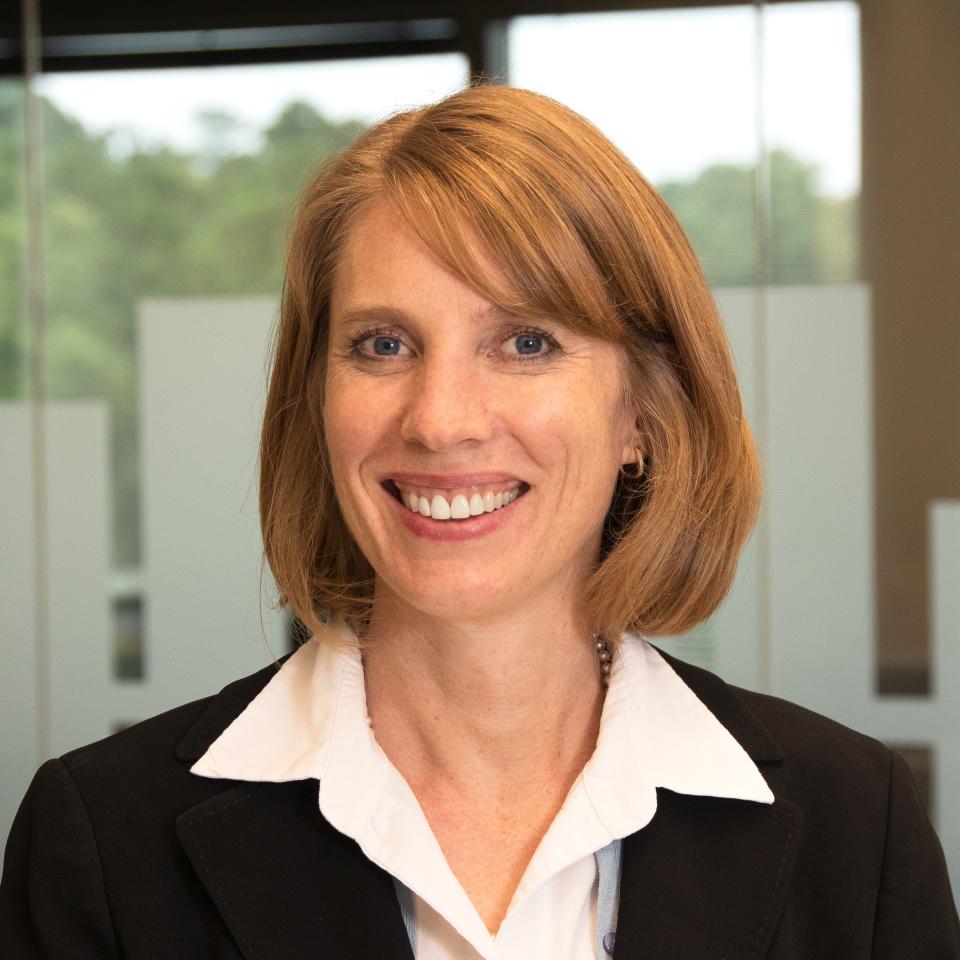
For example, before two public agencies share a single diagnostic test result, both must sign a data use agreement, said Michelle Meigs, director of the informatics program at the Association of Public Health Laboratories, which advocates for public testing labs.
Such agreements establish what data will be shared, across which computer systems, in which template, according to which privacy protocols. If a shred of that data goes missing, the contracts determine who’s to blame in court.
The best reason to digitize health data is to make it faster to share. But the negotiations required to complete these data agreements seem designed to slow everything down, Meigs said.
“It becomes a red-tape nightmare,” Meigs said.
In this world of pre-pandemic dysfunction, experts agree that Quest and Labcorp operated the best systems for communicating test results to public health agencies. The CDC requires labs to report positive test results for about 100 diseases and conditions. Labcorp and Quest took this responsibility seriously, Hamilton said, creating speedy data connections with public health agencies across the country.
“I would say Quest and Labcorp, they work very hard to partner with public health,” Hamilton said.
To improve connections between public labs, Hamilton's group kept lobbying Congress. After a year and a half, they won.
Sort of.
Congress appropriated $50 million to upgrade government data systems. The money was to be split among the CDC and 56 public health agencies operated by states and Native American tribes.
“$50 million isn’t a lot,” said Scott Becker, of the Association of Public Health Laboratories. “There’s not been support from the states or the federal level to improve that infrastructure. Ever.”
The vote happened on Dec. 21, 2019. By then, at least 23 people in California had COVID-19.
This article originally appeared on USA TODAY: Quest COVID testing remains broken after a million deaths

